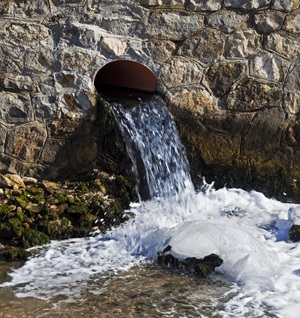Working towards long-term sustainability indicators for a Danish water utility
Photo: iStock © Hans Laubel In collaboration with the Water Utility of Odense, Denmark, we have completed a one-year development project titled ‘Sustainability indicators for water utilities’.

Photo: iStock © Hans Laubel |
In collaboration with the Water Utility of Odense, Denmark, we have completed a one-year development project titled ‘Sustainability indicators for water utilities’. The project focuses on the development of a set of indicators which can monitor and report on the sustainable development of the operation of the water utility.
Water has to be supplied and waste water treated – now and in the future. The question raised by the water utility in Odense was, “How can we ensure that the water utility has this long-term perspective in its strategies and daily operation?”
The solution was to develop a set of sustainability indicators which the water utility could monitor as part of its performance monitoring and inform its board and customers in its annual reports. The indicators comprise a set of 10 new indicators on:
- climate adaptation
- groundwater protection
- discharge of waste water
- recruitment
- maintenance of staff
- reduction on impacts on the groundwater table
- green purchase
- sludge reuse
- investments in research and development
- sustainable economic development of the water utility
These 10 new indicators are complemented by three Global Reporting Initiative indicators already used by the Odense water on working conditions as well as the relation of the water utility to the society and management. Each indicator is measured by one or more specific sub-indicators. These are selected to get the best measure of how the indicator indicates a development towards a higher degree of sustainability.
We facilitated the development of the indicators. The decision of selecting the specific indicators was left to the water utility. We initially undertook a literature survey on international experience. Based on this, we followed a step-wise procedure, starting with an analysis of the existing indicators. We then conducted an analysis of the water utilities’ own goals and strategies on sustainability. In the next step, we analysed the data availability and an assessment of how well the indicators would be communicated to the stakeholders of the utility. Finally, we developed the 10 indicators and sub-indicators which are now a part of the reporting system of the water utility.
The value of sustainability indicators is that the new indicators are more relevant than those suggested in the Global Reporting Initiative. They keep a focus on sustainability and the long-term development in the water utility. Moreover, they can be easily communicated to the staff and the water utility customers and can also be implemented as a part of the performance management system.
Read more